Xintao Hu
Pruning Large Language Models by Identifying and Preserving Functional Networks
Aug 07, 2025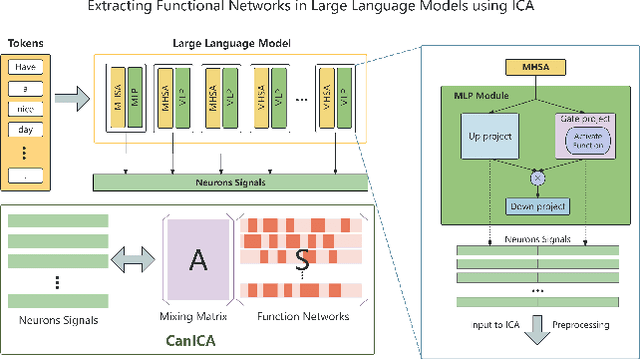

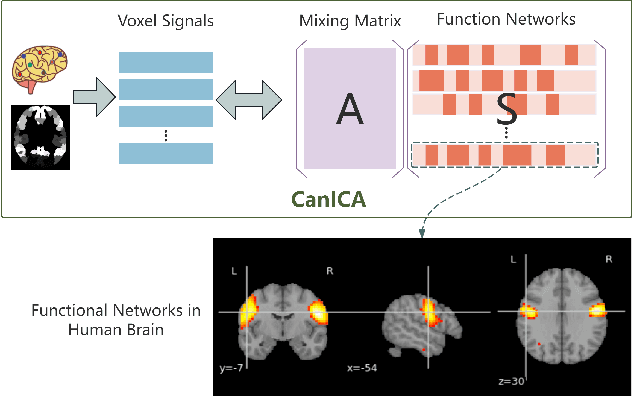

Abstract:Structured pruning is one of the representative techniques for compressing large language models (LLMs) to reduce GPU memory consumption and accelerate inference speed. It offers significant practical value in improving the efficiency of LLMs in real-world applications. Current structured pruning methods typically rely on assessment of the importance of the structure units and pruning the units with less importance. Most of them overlooks the interaction and collaboration among artificial neurons that are crucial for the functionalities of LLMs, leading to a disruption in the macro functional architecture of LLMs and consequently a pruning performance degradation. Inspired by the inherent similarities between artificial neural networks and functional neural networks in the human brain, we alleviate this challenge and propose to prune LLMs by identifying and preserving functional networks within LLMs in this study. To achieve this, we treat an LLM as a digital brain and decompose the LLM into functional networks, analogous to identifying functional brain networks in neuroimaging data. Afterwards, an LLM is pruned by preserving the key neurons within these functional networks. Experimental results demonstrate that the proposed method can successfully identify and locate functional networks and key neurons in LLMs, enabling efficient model pruning. Our code is available at https://github.com/WhatAboutMyStar/LLM_ACTIVATION.
LinBridge: A Learnable Framework for Interpreting Nonlinear Neural Encoding Models
Oct 26, 2024



Abstract:Neural encoding of artificial neural networks (ANNs) links their computational representations to brain responses, offering insights into how the brain processes information. Current studies mostly use linear encoding models for clarity, even though brain responses are often nonlinear. This has sparked interest in developing nonlinear encoding models that are still interpretable. To address this problem, we propose LinBridge, a learnable and flexible framework based on Jacobian analysis for interpreting nonlinear encoding models. LinBridge posits that the nonlinear mapping between ANN representations and neural responses can be factorized into a linear inherent component that approximates the complex nonlinear relationship, and a mapping bias that captures sample-selective nonlinearity. The Jacobian matrix, which reflects output change rates relative to input, enables the analysis of sample-selective mapping in nonlinear models. LinBridge employs a self-supervised learning strategy to extract both the linear inherent component and nonlinear mapping biases from the Jacobian matrices of the test set, allowing it to adapt effectively to various nonlinear encoding models. We validate the LinBridge framework in the scenario of neural visual encoding, using computational visual representations from CLIP-ViT to predict brain activity recorded via functional magnetic resonance imaging (fMRI). Our experimental results demonstrate that: 1) the linear inherent component extracted by LinBridge accurately reflects the complex mappings of nonlinear neural encoding models; 2) the sample-selective mapping bias elucidates the variability of nonlinearity across different levels of the visual processing hierarchy. This study presents a novel tool for interpreting nonlinear neural encoding models and offers fresh evidence about hierarchical nonlinearity distribution in the visual cortex.
Evaluation of OpenAI o1: Opportunities and Challenges of AGI
Sep 27, 2024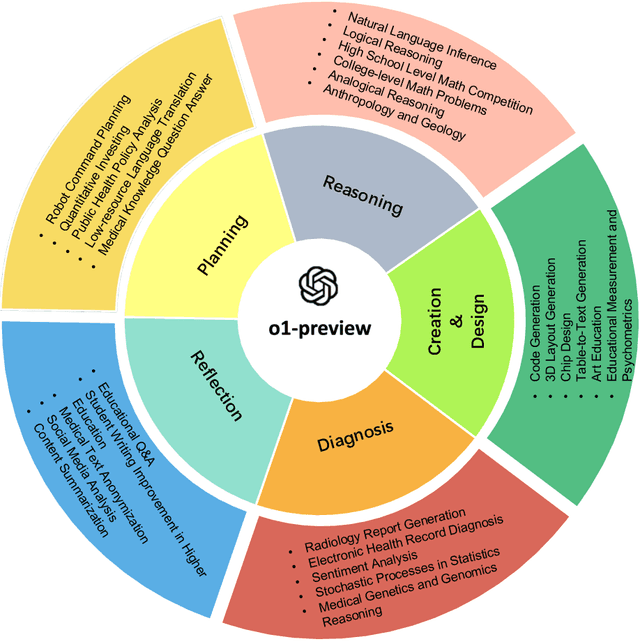
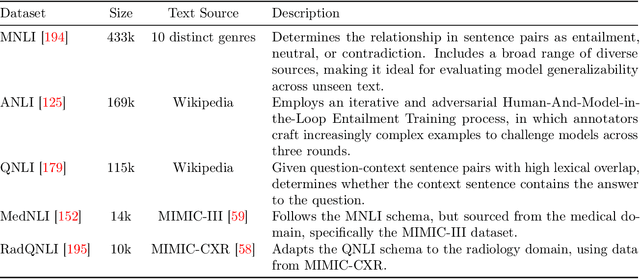
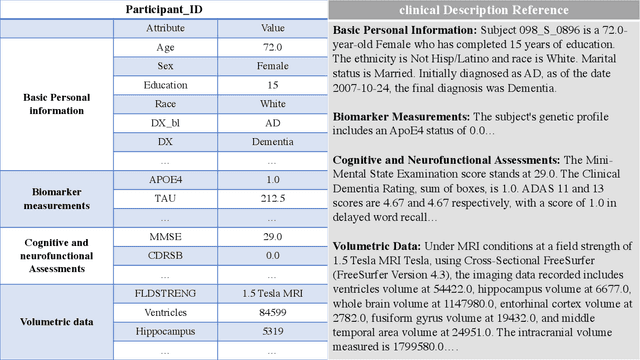

Abstract:This comprehensive study evaluates the performance of OpenAI's o1-preview large language model across a diverse array of complex reasoning tasks, spanning multiple domains, including computer science, mathematics, natural sciences, medicine, linguistics, and social sciences. Through rigorous testing, o1-preview demonstrated remarkable capabilities, often achieving human-level or superior performance in areas ranging from coding challenges to scientific reasoning and from language processing to creative problem-solving. Key findings include: -83.3% success rate in solving complex competitive programming problems, surpassing many human experts. -Superior ability in generating coherent and accurate radiology reports, outperforming other evaluated models. -100% accuracy in high school-level mathematical reasoning tasks, providing detailed step-by-step solutions. -Advanced natural language inference capabilities across general and specialized domains like medicine. -Impressive performance in chip design tasks, outperforming specialized models in areas such as EDA script generation and bug analysis. -Remarkable proficiency in anthropology and geology, demonstrating deep understanding and reasoning in these specialized fields. -Strong capabilities in quantitative investing. O1 has comprehensive financial knowledge and statistical modeling skills. -Effective performance in social media analysis, including sentiment analysis and emotion recognition. The model excelled particularly in tasks requiring intricate reasoning and knowledge integration across various fields. While some limitations were observed, including occasional errors on simpler problems and challenges with certain highly specialized concepts, the overall results indicate significant progress towards artificial general intelligence.
A Comprehensive Review of Multimodal Large Language Models: Performance and Challenges Across Different Tasks
Aug 02, 2024
Abstract:In an era defined by the explosive growth of data and rapid technological advancements, Multimodal Large Language Models (MLLMs) stand at the forefront of artificial intelligence (AI) systems. Designed to seamlessly integrate diverse data types-including text, images, videos, audio, and physiological sequences-MLLMs address the complexities of real-world applications far beyond the capabilities of single-modality systems. In this paper, we systematically sort out the applications of MLLM in multimodal tasks such as natural language, vision, and audio. We also provide a comparative analysis of the focus of different MLLMs in the tasks, and provide insights into the shortcomings of current MLLMs, and suggest potential directions for future research. Through these discussions, this paper hopes to provide valuable insights for the further development and application of MLLM.
Surgical Triplet Recognition via Diffusion Model
Jun 19, 2024Abstract:Surgical triplet recognition is an essential building block to enable next-generation context-aware operating rooms. The goal is to identify the combinations of instruments, verbs, and targets presented in surgical video frames. In this paper, we propose DiffTriplet, a new generative framework for surgical triplet recognition employing the diffusion model, which predicts surgical triplets via iterative denoising. To handle the challenge of triplet association, two unique designs are proposed in our diffusion framework, i.e., association learning and association guidance. During training, we optimize the model in the joint space of triplets and individual components to capture the dependencies among them. At inference, we integrate association constraints into each update of the iterative denoising process, which refines the triplet prediction using the information of individual components. Experiments on the CholecT45 and CholecT50 datasets show the superiority of the proposed method in achieving a new state-of-the-art performance for surgical triplet recognition. Our codes will be released.
Understanding LLMs: A Comprehensive Overview from Training to Inference
Jan 06, 2024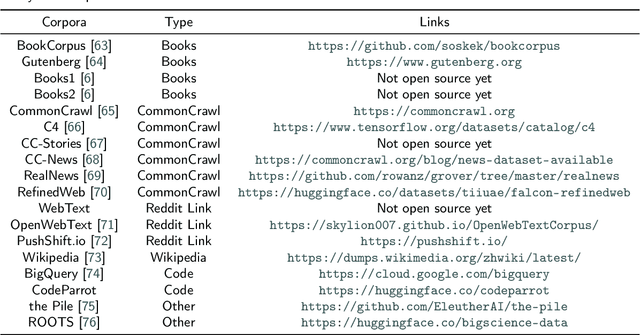
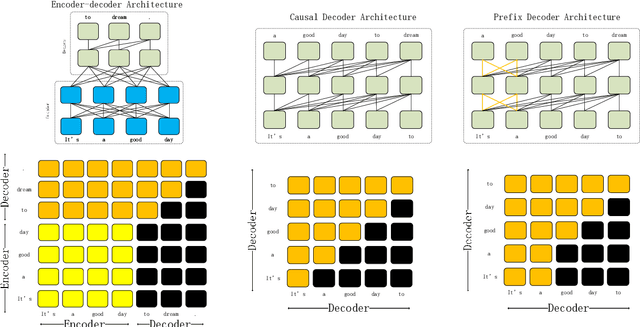

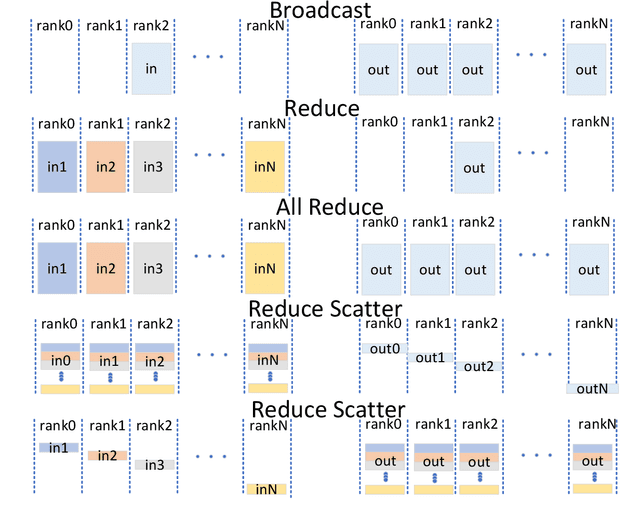
Abstract:The introduction of ChatGPT has led to a significant increase in the utilization of Large Language Models (LLMs) for addressing downstream tasks. There's an increasing focus on cost-efficient training and deployment within this context. Low-cost training and deployment of LLMs represent the future development trend. This paper reviews the evolution of large language model training techniques and inference deployment technologies aligned with this emerging trend. The discussion on training includes various aspects, including data preprocessing, training architecture, pre-training tasks, parallel training, and relevant content related to model fine-tuning. On the inference side, the paper covers topics such as model compression, parallel computation, memory scheduling, and structural optimization. It also explores LLMs' utilization and provides insights into their future development.
ChatRadio-Valuer: A Chat Large Language Model for Generalizable Radiology Report Generation Based on Multi-institution and Multi-system Data
Oct 10, 2023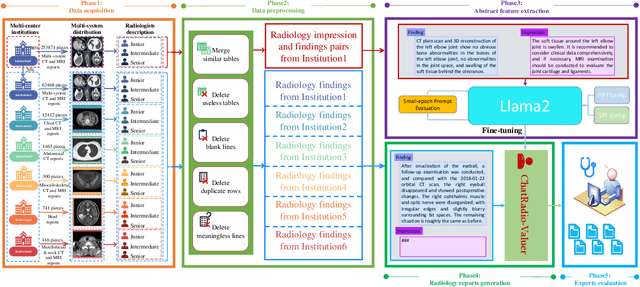
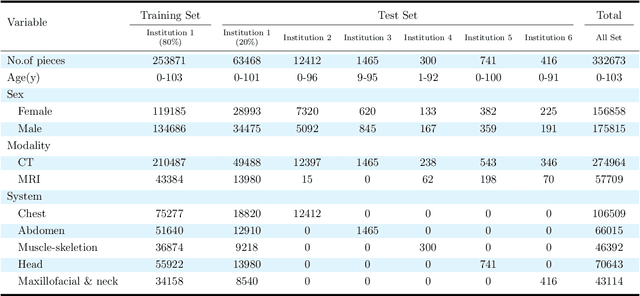
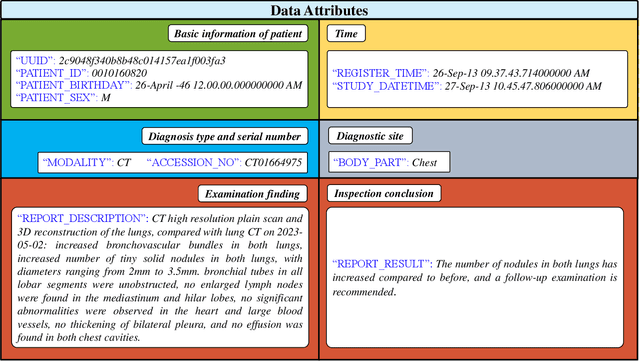
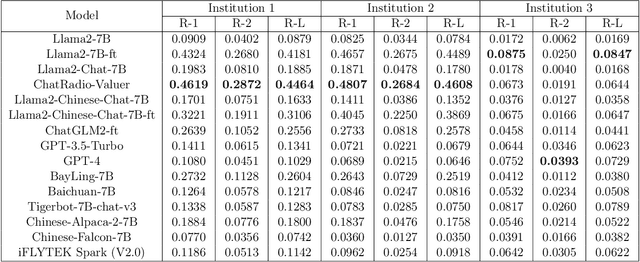
Abstract:Radiology report generation, as a key step in medical image analysis, is critical to the quantitative analysis of clinically informed decision-making levels. However, complex and diverse radiology reports with cross-source heterogeneity pose a huge generalizability challenge to the current methods under massive data volume, mainly because the style and normativity of radiology reports are obviously distinctive among institutions, body regions inspected and radiologists. Recently, the advent of large language models (LLM) offers great potential for recognizing signs of health conditions. To resolve the above problem, we collaborate with the Second Xiangya Hospital in China and propose ChatRadio-Valuer based on the LLM, a tailored model for automatic radiology report generation that learns generalizable representations and provides a basis pattern for model adaptation in sophisticated analysts' cases. Specifically, ChatRadio-Valuer is trained based on the radiology reports from a single institution by means of supervised fine-tuning, and then adapted to disease diagnosis tasks for human multi-system evaluation (i.e., chest, abdomen, muscle-skeleton, head, and maxillofacial $\&$ neck) from six different institutions in clinical-level events. The clinical dataset utilized in this study encompasses a remarkable total of \textbf{332,673} observations. From the comprehensive results on engineering indicators, clinical efficacy and deployment cost metrics, it can be shown that ChatRadio-Valuer consistently outperforms state-of-the-art models, especially ChatGPT (GPT-3.5-Turbo) and GPT-4 et al., in terms of the diseases diagnosis from radiology reports. ChatRadio-Valuer provides an effective avenue to boost model generalization performance and alleviate the annotation workload of experts to enable the promotion of clinical AI applications in radiology reports.
Evaluating Large Language Models for Radiology Natural Language Processing
Jul 27, 2023Abstract:The rise of large language models (LLMs) has marked a pivotal shift in the field of natural language processing (NLP). LLMs have revolutionized a multitude of domains, and they have made a significant impact in the medical field. Large language models are now more abundant than ever, and many of these models exhibit bilingual capabilities, proficient in both English and Chinese. However, a comprehensive evaluation of these models remains to be conducted. This lack of assessment is especially apparent within the context of radiology NLP. This study seeks to bridge this gap by critically evaluating thirty two LLMs in interpreting radiology reports, a crucial component of radiology NLP. Specifically, the ability to derive impressions from radiologic findings is assessed. The outcomes of this evaluation provide key insights into the performance, strengths, and weaknesses of these LLMs, informing their practical applications within the medical domain.
When Brain-inspired AI Meets AGI
Mar 28, 2023

Abstract:Artificial General Intelligence (AGI) has been a long-standing goal of humanity, with the aim of creating machines capable of performing any intellectual task that humans can do. To achieve this, AGI researchers draw inspiration from the human brain and seek to replicate its principles in intelligent machines. Brain-inspired artificial intelligence is a field that has emerged from this endeavor, combining insights from neuroscience, psychology, and computer science to develop more efficient and powerful AI systems. In this article, we provide a comprehensive overview of brain-inspired AI from the perspective of AGI. We begin with the current progress in brain-inspired AI and its extensive connection with AGI. We then cover the important characteristics for both human intelligence and AGI (e.g., scaling, multimodality, and reasoning). We discuss important technologies toward achieving AGI in current AI systems, such as in-context learning and prompt tuning. We also investigate the evolution of AGI systems from both algorithmic and infrastructural perspectives. Finally, we explore the limitations and future of AGI.
Coupling Artificial Neurons in BERT and Biological Neurons in the Human Brain
Mar 27, 2023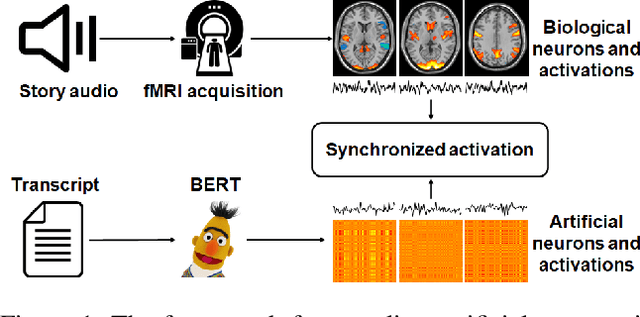
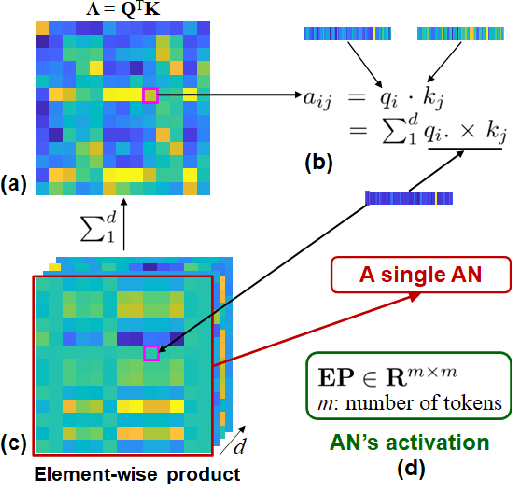
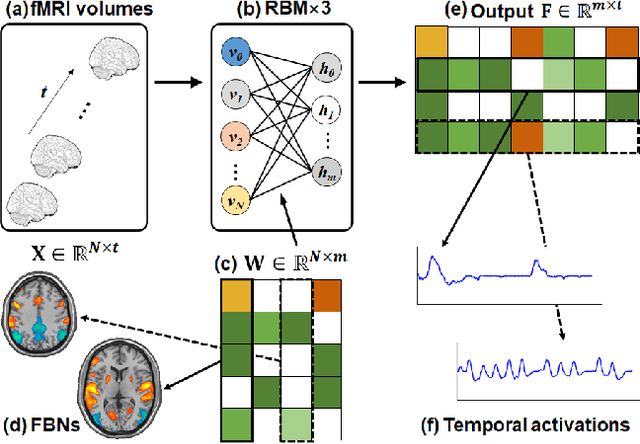
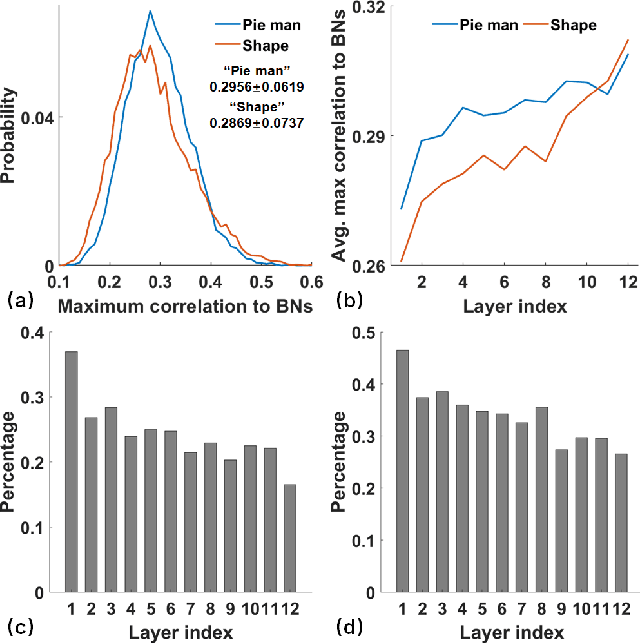
Abstract:Linking computational natural language processing (NLP) models and neural responses to language in the human brain on the one hand facilitates the effort towards disentangling the neural representations underpinning language perception, on the other hand provides neurolinguistics evidence to evaluate and improve NLP models. Mappings of an NLP model's representations of and the brain activities evoked by linguistic input are typically deployed to reveal this symbiosis. However, two critical problems limit its advancement: 1) The model's representations (artificial neurons, ANs) rely on layer-level embeddings and thus lack fine-granularity; 2) The brain activities (biological neurons, BNs) are limited to neural recordings of isolated cortical unit (i.e., voxel/region) and thus lack integrations and interactions among brain functions. To address those problems, in this study, we 1) define ANs with fine-granularity in transformer-based NLP models (BERT in this study) and measure their temporal activations to input text sequences; 2) define BNs as functional brain networks (FBNs) extracted from functional magnetic resonance imaging (fMRI) data to capture functional interactions in the brain; 3) couple ANs and BNs by maximizing the synchronization of their temporal activations. Our experimental results demonstrate 1) The activations of ANs and BNs are significantly synchronized; 2) the ANs carry meaningful linguistic/semantic information and anchor to their BN signatures; 3) the anchored BNs are interpretable in a neurolinguistic context. Overall, our study introduces a novel, general, and effective framework to link transformer-based NLP models and neural activities in response to language and may provide novel insights for future studies such as brain-inspired evaluation and development of NLP models.
 Add to Chrome
Add to Chrome Add to Firefox
Add to Firefox Add to Edge
Add to Edge